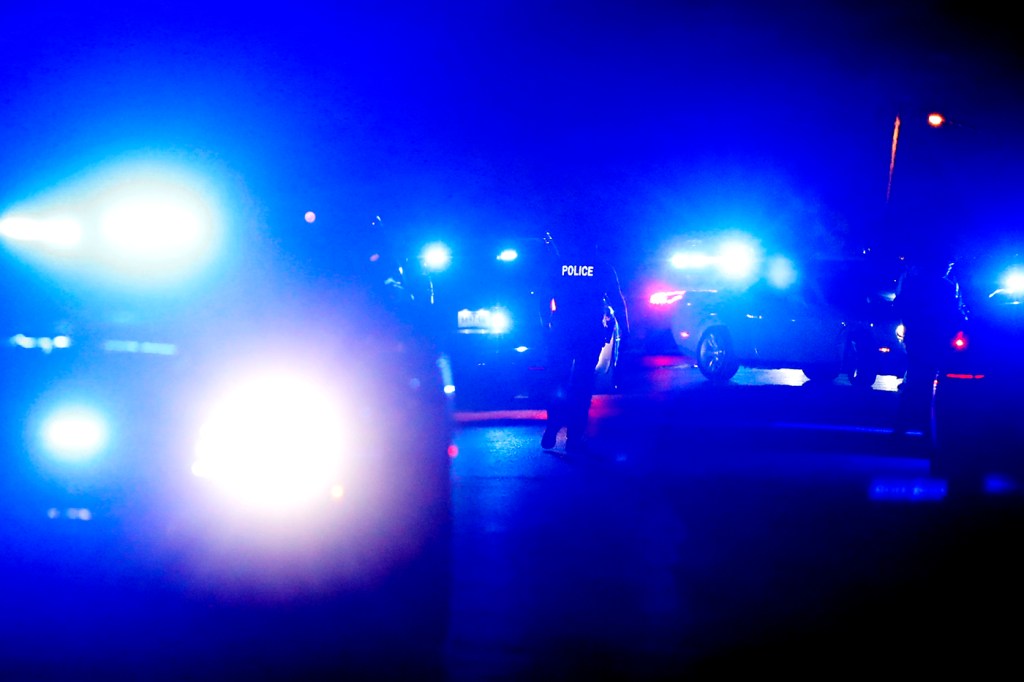How to prevent what happened to Tyre Nichols from happening in the future

By Tanner Stening and Cody Mello-Klein
In the wake of the beating death of Tyre Nichols earlier this month, some experts have questioned whether police officers are even needed in responding to routine traffic stops.
Northeastern Law professor Deborah Ramirez, who chairs the criminal justice task force, argues that, in fact, the police shouldn’t be working the traffic beat; that instead, civilians can be trained to enforce traffic laws in what she says is a much-needed change in the way society thinks about policing.
“My research is focused on how to prevent, detect and deter these kinds of things from happening in the first place. It’s about rethinking public safety,” Ramirez says.
Since news broke of the incident that saw five Black police officers in Memphis, Tennessee, kick, punch and use a baton to beat a defenseless Nichols, leading to his death, there has been widespread condemnation of the officers actions, renewing calls to address institutional racism in police departments across the country.
Some cities, including Philadelphia and Los Angeles, have already taken measures to overhaul traffic policies in an attempt to mitigate a kind of policing that disproportionately affects Black drivers and can lead to avoidable violence and even death.
But other cities, such as Eugene, Oregon, have for decades operated using radically different models of policing that include heavy reliance on mobile crisis intervention units to address issues that, in other communities, usually fall on the police. Ramirez holds up Eugene’s “crisis assistance helping out on the streets” program, or CAHOOTS, as a potential model for rethinking policing.
That’s because Ramirez says that structural racism, which describes a reality in which racially marginalized communities are disproportionately targeted by the police, is the primary culprit underlying the way policing is conducted today. To root out prejudice, she argues that police departments should look to reduce the size of their armed police.
When it comes to traffic policing, Matthew Ross, associate professor of public policy and economics at Northeastern, says that the most common solution offered is more police training. But Ross, who has extensively studied traffic stops conducted by police departments in Connecticut and Rhode Island, argues you can’t “train away this problem.”
The most successful way to reform traffic policing that Ross has seen involves “taking a lot of the discretion out of who we do and don’t stop for a motor vehicle violation.”
“[That involves] making a particular set of standards with which you can or cannot pull someone over, and then once you do pull someone over, you’re required to give them a moving violation for the specific reason you pulled them over and no discretion in terms of issuing a warning,” Ross says.
But Ramirez says the scaling back of the “institution” of the police, and narrowing the scope of police functions, necessarily entails a transfer of responsibility to other stakeholders. She proposes a model in which various community task forces, made up of mental health professionals and trained civilians, would respond to a broad category of situations—from monitoring traffic and treating youth unemployment, to addressing substance use disorder and issues homeless individuals might be facing.
All of the above-mentioned are currently issues that fall on the police, as first responders, to address.
The solution, Ramirez argues, is a new kind of division of labor—one that reduces the likelihood of fatal outcomes, such as the one in Memphis earlier this month, during routine incidents.
“It means only sending armed police in situations when there is serious crime, felony crime or ongoing crime,” Ramirez says.
For all other matters, she says deploying a team of trained civilians, with medical and mental health training, as first responders is the best way to avoid the kind of needless escalations of violence that many say has become an all-too-frequent feature of police culture in the U.S.
Such a civil public safety force would consist of “community-trained mediators, social workers, emergency medical technicians, traffic monitors and quality-of-life monitors.” The team would be deployed across a range of situations, including traffic offenses that do not require armed police officers and monitoring quality of life on the streets.
The force could also be deployed in certain 911 calls; research suggests that between 23% to 45% of calls to police are for “minor concerns”—noise complaints, behavioral health issues or other non-criminal and non-violent incidents that use up police resources and distract from potentially serious crimes.
Ramirez has also publicly advocated for police departments to mandate that their officers carry professional liability insurance. Such a policy would serve to price out officers who are repeatedly involved in claims by raising their premiums.
“We have to create a system that allows us to weed out the bad cops so the good ones can thrive,” Ramirez says.
Tanner Stening is a Northeastern Global News reporter. Email him at t.stening@northeastern.edu. Follow him on Twitter @tstening90.







